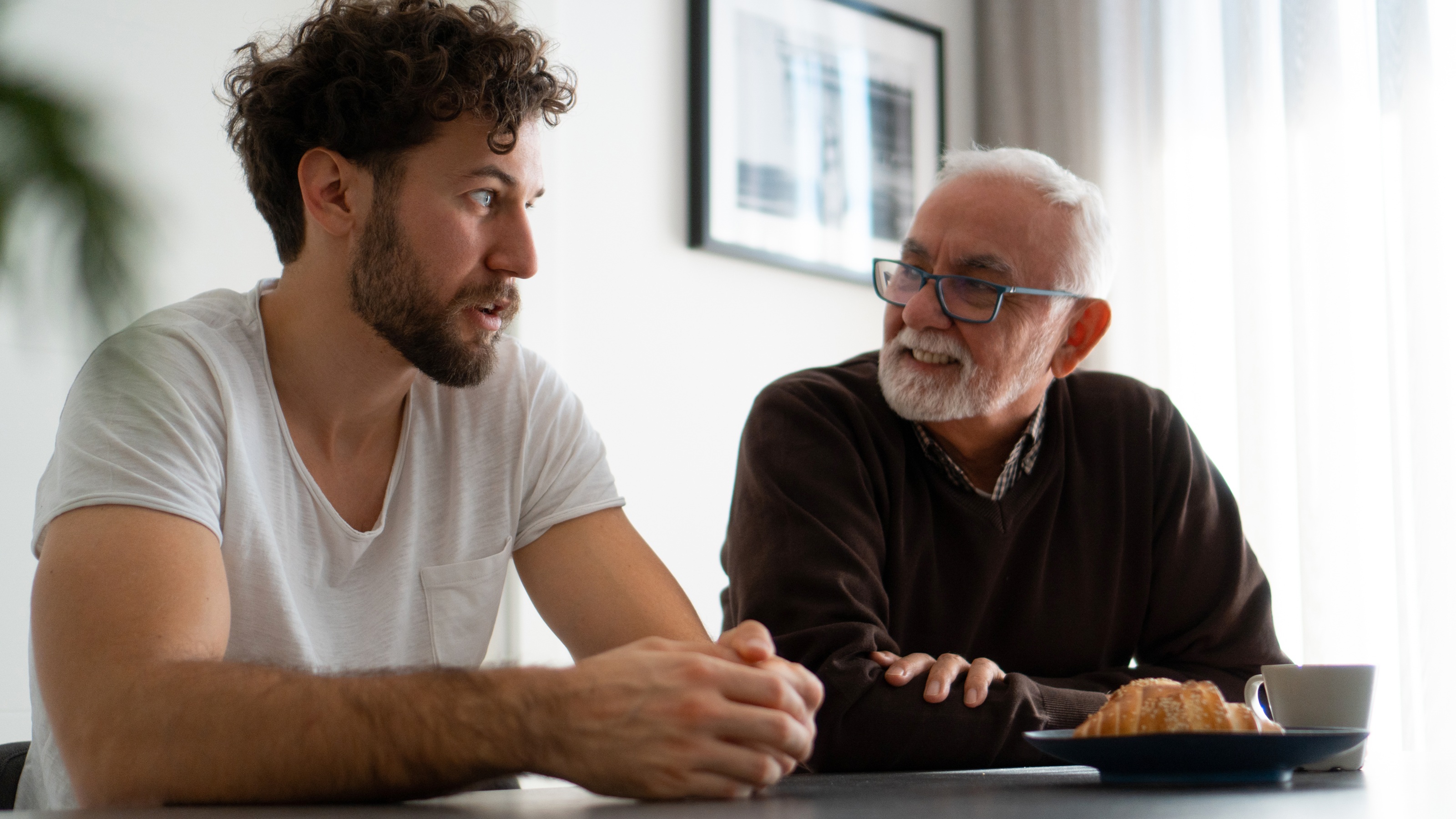How to Give to Charity and Also Generate Retirement Income
Two ways to give to charity — a charitable gift annuity and a charitable remainder trust — can save you taxes and generate income.


Hollywood and a general disdain for billionaires have given many Americans the impression that there is some secret way to give to charity as a way to save multiples of that amount in taxes. Unfortunately, or fortunately, that is not the case.
When you are giving to charity, that must be the primary intent. The tax savings that go along with it should be optimized by choosing the strategy that makes the most sense for you. This article is for those who are charitably inclined and also have a desire for retirement income. Lastly, if executed properly, these methods will save some tax bucks.
Charitable gift annuity
If you’re a Baby Boomer, it’s likely your alma mater has made you quite aware of its charitable gift annuity (CGA). Many college websites will even run an illustration to show you the tax benefits and income you’ll receive on an annual basis.
From just $107.88 $24.99 for Kiplinger Personal Finance
Be a smarter, better informed investor.

Sign up for Kiplinger’s Free Newsletters
Profit and prosper with the best of expert advice on investing, taxes, retirement, personal finance and more - straight to your e-mail.
Profit and prosper with the best of expert advice - straight to your e-mail.
Here’s how it works:
- You make an irrevocable gift of cash or an appreciated asset to a charity. Universities are common beneficiaries, but it can be any qualified charity that has a charitable gift annuity
- You receive an immediate charitable deduction for a portion of the gift
- You receive a fixed income stream for a set period or for the rest of your life
- At the end of the period or your life, the remainder goes to or stays with the charity
Here’s where I would use this strategy:
- An appreciated asset is always a good starting point. If you bought Apple stock before you bought an iPhone or bought Nvidia stock before 2023, you may be a good candidate
- While these figures are subjective, I generally think this strategy makes sense for a single charity where the gift is between $50,000 and $250,000. If you get above $250,000, a charitable remainder trust may make more sense
- You feel strongly about the charity. Remember, this is an irrevocable gift. You cannot get the money back, and you cannot change the remainder beneficiary
Charitable remainder trust
This is a strategy we employ for clients who are generous but want to reserve the right to change who they are generous toward. As with your living trust, you will have to employ a trust and estate attorney to draft the trust. You will also have to use the services of a tax professional to file a trust tax return each year. Sound complicated?
Here's how it works:
- You make an irrevocable gift into a charitable remainder trust (CRT)
- You receive an immediate charitable deduction for a portion of the gift
- You receive a fixed income stream (through a CRAT) or a percentage of the balance in the trust (through a CRUT) for a set term or for the rest of your life
- At your death, the remainder goes to the beneficiaries listed in the trust
Because the mechanics sound, and are, very similar, it’s important to highlight some of the reasons I would opt for the CRT route over the CGA route:
- Desire for flexibility. The gift to the trust is irrevocable, but you can change the beneficiaries of the trust
- The complexity necessitates larger gifts to make sense. You must consider the cost to draw up the trust, file an annual tax return and manage the trust assets
- There can be multiple beneficiaries
- It gives the trustee control of the investments
- A CRT allows you to avoid a potentially large capital gain
In every situation that we have recommended one of these strategies, there have been two stories. First, the story of the charity and the impact that charity had on the client or is having on the world. Second, the story of the appreciated investment that allowed the donor to make such a large gift.
This article should not serve as a recommendation to do one or both. It should simply allow you to zoom in a little closer on what may make sense for you. But before you do, make sure you have the capacity to give. In other words, can you give a large gift and still maintain your lifestyle? Your financial plan answers that question. You can build one using the free version of our planning software here.
Related content
- Three Ways to Give to Your Kids Tax-Free While You’re Still Alive
- Four Ways to Give Money Tax-Free to Your Kids When You Die
- Developing a Charitable Giving Strategy: Where to Begin
- How to Assess the Impact of Your Charitable Giving
- What to Do if Your Passion for Charitable Giving Has Flagged
Profit and prosper with the best of Kiplinger's advice on investing, taxes, retirement, personal finance and much more. Delivered daily. Enter your email in the box and click Sign Me Up.

After graduating from the University of Delaware and Georgetown University, I pursued a career in financial planning. At age 26, I earned my CERTIFIED FINANCIAL PLANNER™ certification. I also hold the IRS Enrolled Agent license, which allows for a unique approach to planning that can be beneficial to retirees and those selling their businesses, who are eager to minimize lifetime taxes and maximize income.
-
 A Lesson From the School of Rock About the Markets
A Lesson From the School of Rock About the MarketsIt's hard to hold your nerve during a downturn, but next time the markets take a tumble, remember this quick rock 'n' roll tutorial and aim to stay invested.
-
 I retired at 65 with $7.8 million and feel like I over-saved. My 40-something son is on the same path. Should I tell him to reconsider?
I retired at 65 with $7.8 million and feel like I over-saved. My 40-something son is on the same path. Should I tell him to reconsider?We ask financial experts for advice.
-
 A Lesson From the School of Rock (and a Financial Adviser) as the Markets Go Around and Around
A Lesson From the School of Rock (and a Financial Adviser) as the Markets Go Around and AroundIt's hard to hold your nerve during a downturn, but next time the markets take a tumble, remember this quick rock 'n' roll tutorial and aim to stay invested.
-
 I'm a Financial Pro: This Is How You Can Guide Your Heirs Through the Great Wealth Transfer
I'm a Financial Pro: This Is How You Can Guide Your Heirs Through the Great Wealth TransferFocus on creating a clear estate plan, communicating your wishes early to avoid family conflict, leaving an ethical will with your values and wisdom and preparing them practically and emotionally.
-
 To Reap the Full Benefits of Tax-Loss Harvesting, Consider This Investment Strategist's Steps
To Reap the Full Benefits of Tax-Loss Harvesting, Consider This Investment Strategist's StepsTax-loss harvesting can offer more advantages for investors than tax relief. Over the long term, it can potentially help you maintain a robust portfolio and build wealth.
-
 Social Security Wisdom From a Financial Adviser Receiving Benefits Himself
Social Security Wisdom From a Financial Adviser Receiving Benefits HimselfYou don't know what you don't know, and with Social Security, that can be a costly problem for retirees — one that can last a lifetime.
-
 Take It From a Tax Expert: The True Measure of Your Retirement Readiness Isn't the Size of Your Nest Egg
Take It From a Tax Expert: The True Measure of Your Retirement Readiness Isn't the Size of Your Nest EggA sizable nest egg is a good start, but your plan should include two to five years of basic expenses in conservative, liquid accounts as a buffer against market volatility, inflation and taxes.
-
 New Opportunity Zone Rules Triple Tax Benefits for Rural Investments: Here's Your 2027 Strategy
New Opportunity Zone Rules Triple Tax Benefits for Rural Investments: Here's Your 2027 StrategyNew IRS guidance just reshaped the opportunity zone landscape for 2027. Here's what high-net-worth investors need to know about the enhanced rural benefits.
-
 The OBBB Ushers in a New Era of Energy Investing: What You Need to Know About Tax Breaks and More
The OBBB Ushers in a New Era of Energy Investing: What You Need to Know About Tax Breaks and MoreThe new tax law has changed the energy investing landscape with expanded incentives and permanent tax benefits for oil and gas production.
-
 Ten Ways Family Offices Can Build Resilience in a Volatile World
Ten Ways Family Offices Can Build Resilience in a Volatile WorldFamily offices are shifting their global investment priorities and goals in the face of uncertainty, volatile markets and the influence of younger generations.